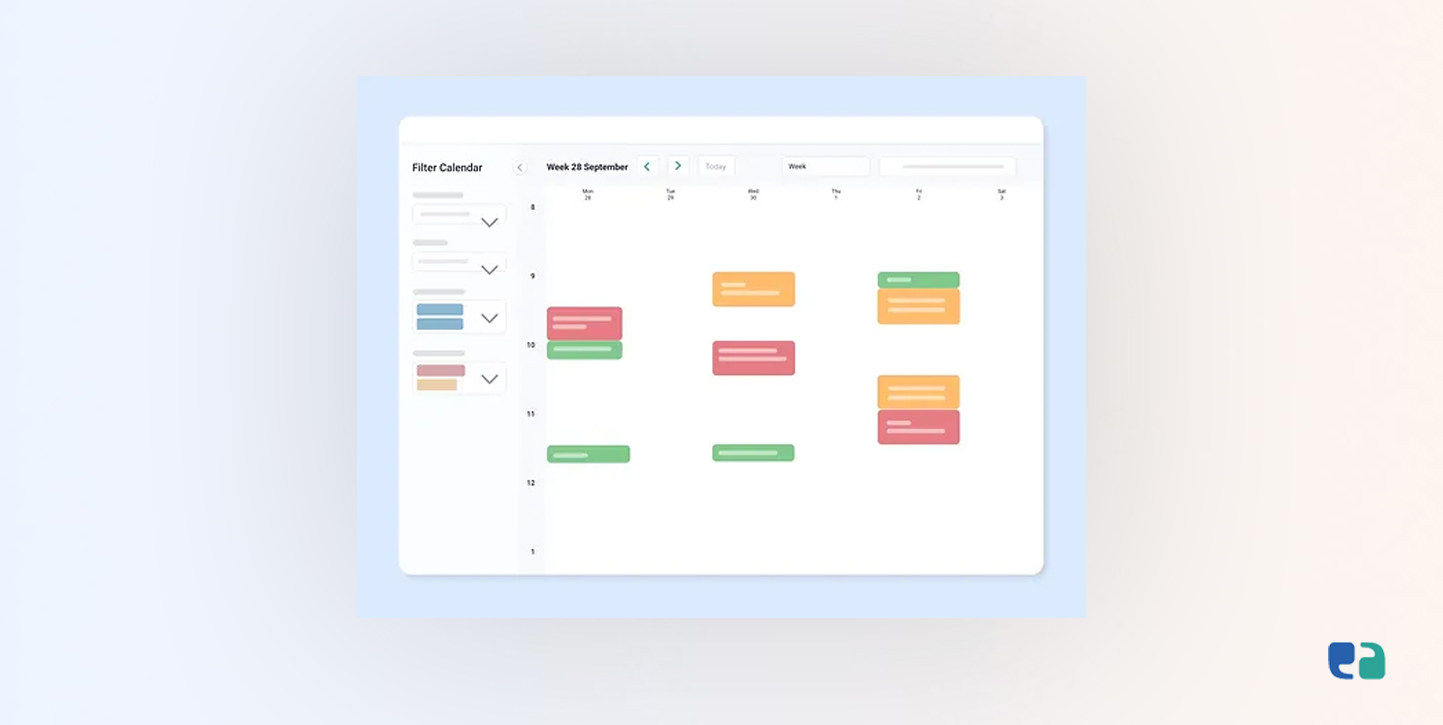How to Build Physical Therapy EMR Software: Features, Benefits, and Development Process

10 months ago
Building the right software for your Canadian physical therapy practice can feel like a big decision.
It’s not just about the features; it’s about creating a tool that truly supports your day-to-day work.
The right practice management software will streamline scheduling, billing, insurance claims, and patient communication.
It will smooth out your workflow and elevate the patient experience.
But with so many options, where do you start?
You want software that’s easy to use, grows with your practice, and integrates with systems you already rely on.
In this blog, we’ll break down what to include so you can build the perfect software for your needs.

Navigating Canada’s Healthcare System for EMR Development
Canada’s healthcare system is publicly funded and universal, giving every citizen and permanent resident access to essential medical services.
However, managing healthcare is split between federal and provincial governments:
- The federal government provides guidelines and funding.
- Provincial governments run and deliver healthcare services, adapting to local needs.
This split means that regulations, billing, and even standards can vary by province.
For EMR software developers, understanding these differences is essential for creating solutions that work smoothly across Canada.

EMR Adoption and Challenges in Canada
Since 2006, EMR use in Canada has increased, with 62% of practitioners using EMRs by 2013.
Yet, adoption rates vary, with some provinces like Alberta over 75% and others, like Quebec, much lower.
Cost, time, and lack of support personnel are barriers, but for EMR developers, this creates opportunities.
Solutions that address these challenges can drive adoption across regions.
Growth in Canada’s Physiotherapy Market and Software Innovation
Canada’s physiotherapy market is booming.
In 2022, it was valued at $4.25 billion and is expected to grow steadily at about 5.85% annually, reaching $6.7 billion by 2030.
Globally, the demand for physical therapy software is also rising fast. In 2023, the market was valued at $1.25 billion and is projected to grow at an impressive 11% per year through 2030.
To keep up, key players are introducing cutting-edge tech solutions. Tools like artificial intelligence (AI) and virtual reality (VR) are becoming part of therapy, making it more effective and adaptive.
This shift shows a strong commitment to improving rehab options and meeting the evolving needs of healthcare providers and their patients.

Essential Features for Canadian Physical Therapy EMR Software
When building EMR software for Canadian physical therapy practices, focus on these key features:
1. Appointment Scheduling and Reminders

- Automated SMS and email reminders reduce no-shows.
- Enable online booking and self-scheduling.
- Prevent double bookings by integrating with therapist calendars.
2. Electronic Health Record (EHR) Integration

- Securely store patient data, including treatment plans.
- Ensure compliance with PIPEDA for data privacy.
- Streamline billing with integrated systems and customizable outcome reports.
3. Patient Portal Access
- Provide a secure portal for patients to access their health information.
- Allow patients to view appointment history and communicate with therapists.
- Include online bill payment options.
4. Billing and Revenue Cycle Management

- Automate claim processing for Canadian insurance.
- Support multiple billing codes to reduce denials.
- Offer real-time eligibility verification and detailed revenue reports.
5. Workflow Management and Team Collaboration
- Use task management tools to assign and track tasks.
- Facilitate secure messaging for internal communication.
- Integrate with external referral sources for better collaboration.
Development Journey: Key Considerations and Best Practices
When creating EMR solutions for Canadian physical therapy practices, there are several important things to keep in mind. Let’s break it down into key areas.
1. Technology Stack
Choose the right technology for your EMR software.
You can go for cloud-based platforms, open-source frameworks, or custom development. Make sure your choice can scale as your practice grows.
Security is crucial too. Your software must comply with Canadian data privacy laws.
2. User Interface (UI) and User Experience (UX) Design
It should be easy for physical therapists and staff to use. Conduct user research to understand their needs.
Gather feedback during testing to ensure your software works well for them.
3. Integration and Interoperability
Your EMR software needs to work seamlessly with other healthcare systems in Canada.
This includes EHRs, lab systems, and pharmacy software. Use industry standards and APIs to help with integration and ensure everything communicates smoothly.

4. Data Security and Privacy
Implement strong security measures to keep information safe. Make sure your software complies with PIPEDA regulations.
Use encryption, access controls, and maintain audit trails to monitor data access.
5. Testing and Quality Assurance
You want to ensure your software functions correctly and meets users’ needs.
Create a detailed testing plan that includes unit testing, integration testing, and user acceptance testing. This way, you can catch any issues before going live.

Advancements in EMR Physical Therapy Software
Here are some key advancements in EMR (Electronic Medical Record) software specifically designed for physical therapy:
1. AI and Machine Learning:
These technologies analyze patient data to provide insights into treatment effectiveness, helping therapists make data-driven decisions.
2. Telehealth Integration:
Many EMR systems now offer telehealth features, enabling remote consultations and therapy sessions, which improves accessibility for patients.
3. Mobile Access:
Practitioners can access patient records and treatment plans on-the-go through mobile-friendly interfaces, enhancing convenience and efficiency.
4. Customizable Templates:
EMR software now allows therapists to create and modify templates tailored to specific treatment plans, making documentation quicker and easier.
5. Patient Engagement Tools:
Features like secure patient portals empower patients to access their health information, schedule appointments, and communicate with their therapists.
6. Data Analytics:
Advanced reporting capabilities help practices track outcomes and monitor performance, enabling continuous improvement.

